History of Circuit de Monaco
The Circuit de Monaco has been a staple of the F1 calendar since the championship's inception in 1950. The first race was won by Juan Manuel Fangio, who went on to become one of the greatest drivers in F1 history. Since then, the circuit has played host to some of the most iconic moments in motorsport, from Ayrton Senna's famous win in 1992 to Michael Schumacher's record-breaking victory in 1997. But the history of the Circuit de Monaco goes back much further than 1950.
The first motor race was held in Monaco in 1929, and it quickly became a popular event. The circuit was initially laid out on the streets of Monte Carlo, and it has remained largely unchanged since then. Over the years, the circuit has been modified slightly to improve safety and accommodate the increasing speeds of modern F1 cars, but the basic layout remains the same.
Today, the Circuit de Monaco is one of the most iconic and prestigious races on the F1 calendar, and it continues to attract the world's best drivers and teams.
Layout and Characteristics of the Track
The Circuit de Monaco is unique in many ways. It is the only street circuit on the F1 calendar, and it is also the shortest track at just 3.337 km. But what really sets it apart is the challenging nature of the circuit itself.
The track is incredibly narrow, with very little room for error. There are tight corners, steep inclines, and unforgiving barriers, all of which make it one of the most difficult circuits in the world. Drivers must be extremely precise in their movements, as even the slightest mistake can result in a crash.
One of the most famous sections of the Circuit de Monaco is the tunnel, which runs underneath the Fairmont Hotel. This section is particularly challenging for drivers, as they must navigate a quick change in light as they exit the tunnel into the bright sunshine.
Despite its challenges, the Circuit de Monaco remains one of the most popular and exciting tracks in the world. The combination of speed, skill, and danger make it a thrilling spectacle for fans and drivers alike.
Famous moments in Circuit de Monaco's history
The Circuit de Monaco has played host to many iconic moments in F1 history. Here are just a few of the most memorable:
- Ayrton Senna's famous win in 1992, when he lapped every other driver in the race and won by over a minute.
- Graham Hill's five victories at Monaco in the 1960s, which earned him the nickname "Mr. Monaco."
- Michael Schumacher's record-breaking win in 1997, when he won his fifth race in a row at the circuit. - The 1982 Monaco Grand Prix, which saw five different drivers lead at various points in the race and ended with Riccardo Patrese taking the victory.
These moments, and many others, have helped cement the Circuit de Monaco's reputation as one of the most iconic and memorable tracks in the world.
Key challenges of racing at Circuit de Monaco
The Circuit de Monaco presents a unique set of challenges to drivers. Here are some of the key challenges they face:
- Narrow roads: The track is incredibly narrow, with very little room for error. Drivers must be extremely precise in their movements, as even a small mistake can result in a crash. - Tight corners: There are many tight corners on the circuit, which require drivers to slow down significantly. This can be frustrating for drivers who are used to driving at high speeds. - Unforgiving barriers: The barriers around the track are unforgiving, and a crash can result in serious injury or even death. - Changeable conditions: The weather in Monaco can be unpredictable, with rain often making an appearance during the race. This can make the track even more challenging.
Despite these challenges, drivers relish the chance to race at the Circuit de Monaco, and the race remains one of the most prestigious and exciting events on the F1 calendar.
The Monaco Grand Prix
The Monaco Grand Prix is the most famous race on the F1 calendar, and it is the highlight of the season for many fans and drivers. The race takes place in May each year, and it attracts a huge crowd of spectators from around the world.
The Monaco Grand Prix is more than just a race; it is a spectacle. The race is held in the heart of Monte Carlo, and the streets are lined with some of the most expensive and luxurious yachts in the world. Celebrities and VIPs flock to the race, and the atmosphere is electric.
Despite the glamour and glitz, the race itself is incredibly challenging. Drivers must navigate the narrow streets of Monte Carlo at high speeds, and the slightest mistake can result in a crash. The race is also notoriously difficult to overtake on, meaning that qualifying is crucial.
For fans and drivers alike, the Monaco Grand Prix is a highlight of the F1 calendar, and it is a race that will always hold a special place in motorsport history.
Circuit de Monaco and the Future of F1 Racing
The Circuit de Monaco is one of the most iconic and historic tracks in the world, but it is also a track that presents unique challenges to modern F1 cars. The narrow roads and tight corners make it difficult for cars to overtake, and the lack of run-off areas means that any mistakes can be costly.
Despite these challenges, the Circuit de Monaco remains a fixture on the F1 calendar, and it is unlikely to go anywhere anytime soon. The prestige and history of the race are too great to ignore, and the glamour and spectacle of the Monaco Grand Prix make it a must-see event for fans and drivers alike.
However, there have been calls for the track to be modified or even removed from the calendar in recent years. Some argue that the track is too dangerous, and that modern F1 cars are simply too fast to race on such a narrow circuit. Others argue that the lack of overtaking opportunities makes the race boring and predictable.
It remains to be seen what the future holds for the Circuit de Monaco, but for now, it remains one of the most iconic and exciting tracks in the world of motorsport.
Visiting Circuit de Monaco - Tips and Tricks
If you're planning a visit to the Circuit de Monaco, there are a few things you should keep in mind:
- Book early: The Monaco Grand Prix is one of the most popular events on the F1 calendar, and tickets can sell out quickly. Be sure to book your tickets well in advance to avoid disappointment.
- Dress appropriately: The Monaco Grand Prix is a glamorous event, and many spectators dress up for the occasion. Be sure to bring appropriate clothing and footwear for the weather and the occasion.
- Get there early: The streets around the circuit can become very crowded on race day, so be sure to arrive early to get a good spot. You may need to queue for a while to get through security, so be prepared for this.
- Bring plenty of money: The Monaco Grand Prix is not a cheap event, and you can expect to pay premium prices for food, drinks, and souvenirs.
By following these tips and tricks, you can ensure that your visit to the Circuit de Monaco is a memorable and enjoyable experience.
Circuit de Monaco's impact on the local economy
The Circuit de Monaco is not just a source of excitement and entertainment; it is also an important part of the local economy. The Monaco Grand Prix brings in millions of euros in revenue each year, and it supports thousands of jobs in the hospitality and tourism sectors.
The race also helps to promote Monaco as a tourist destination, and it attracts visitors from around the world. The glamour and excitement of the Monaco Grand Prix are a key part of the city's image, and they help to attract high-spending tourists to the area.
In addition, the Circuit de Monaco is also a major source of pride for the people of Monaco. The race has been a fixture of the city for over 90 years, and it is an important part of the city's cultural heritage.
Overall, the Circuit de Monaco is a key part of the local economy and an important source of entertainment and excitement for people around the world.
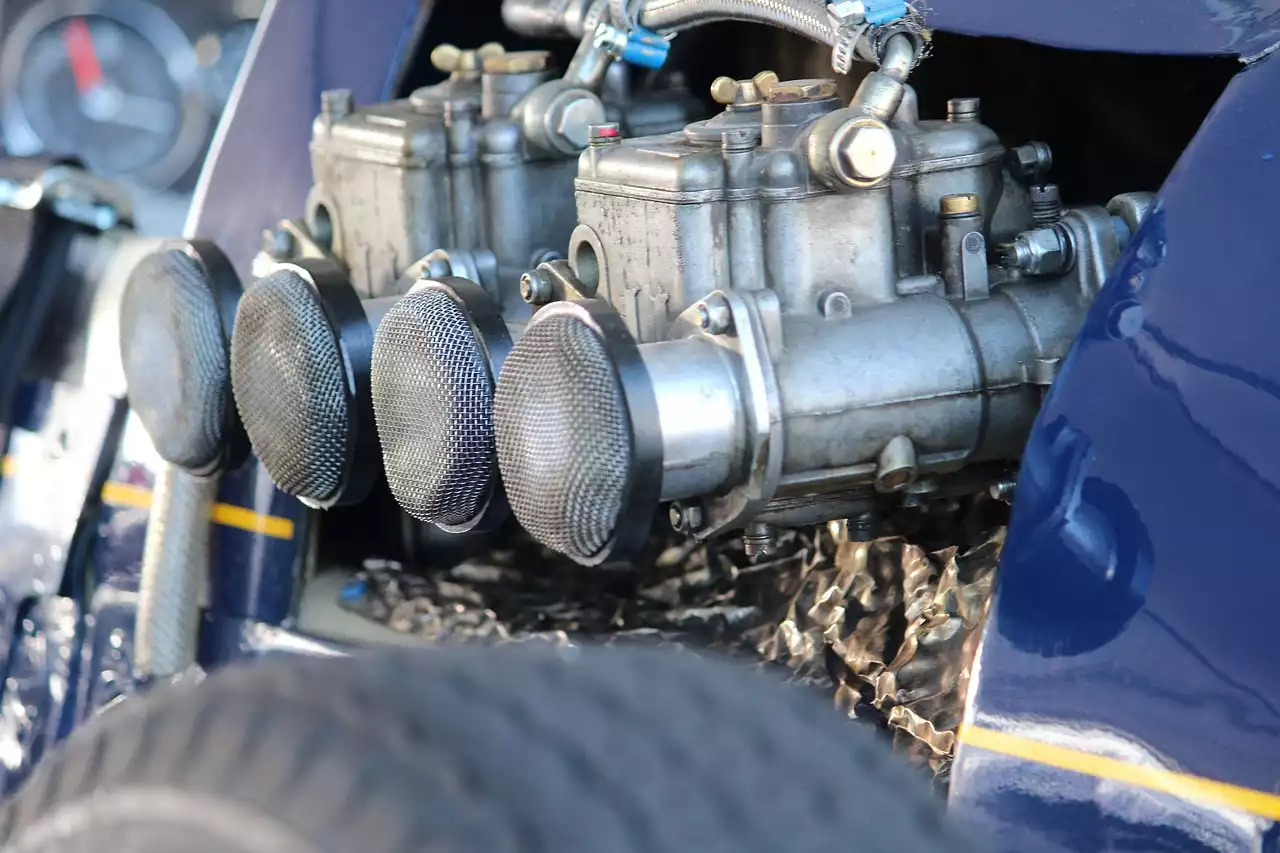
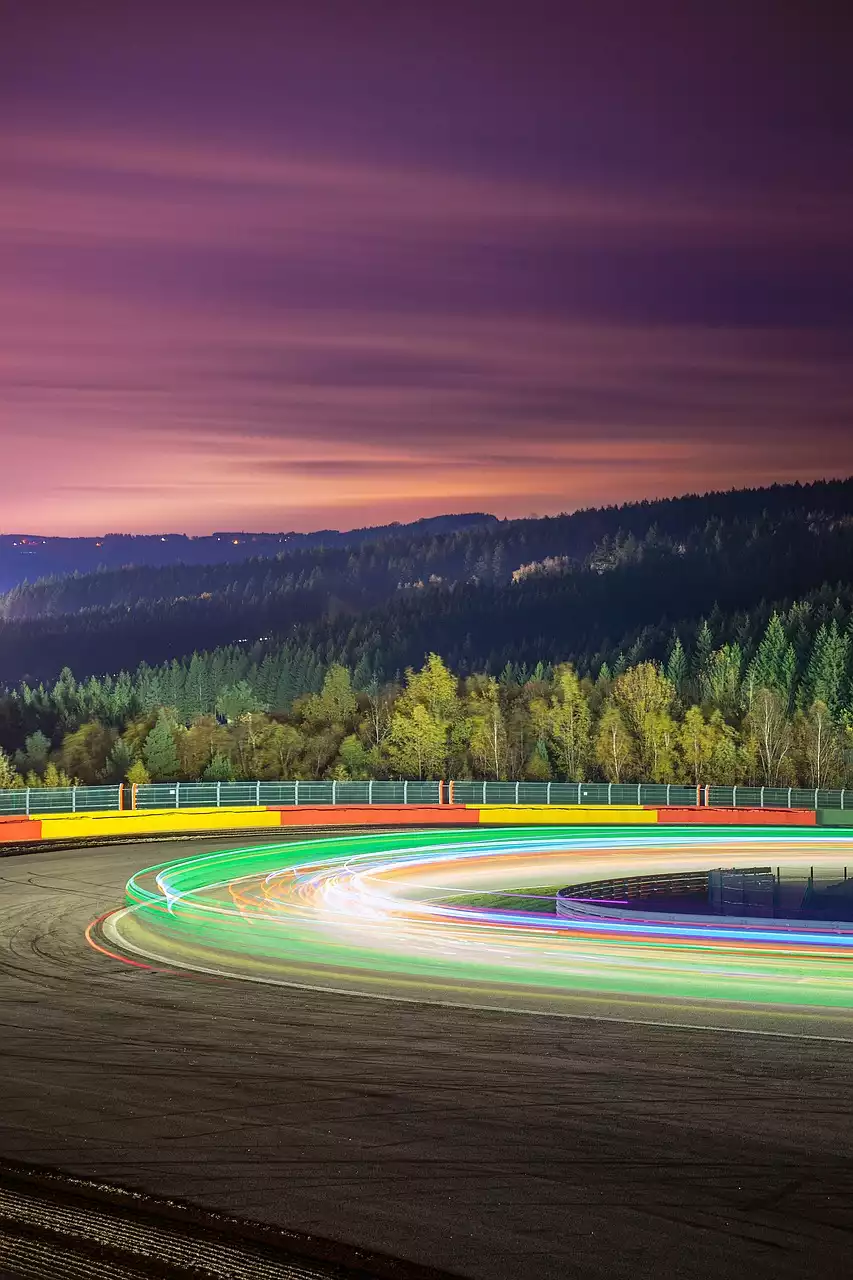
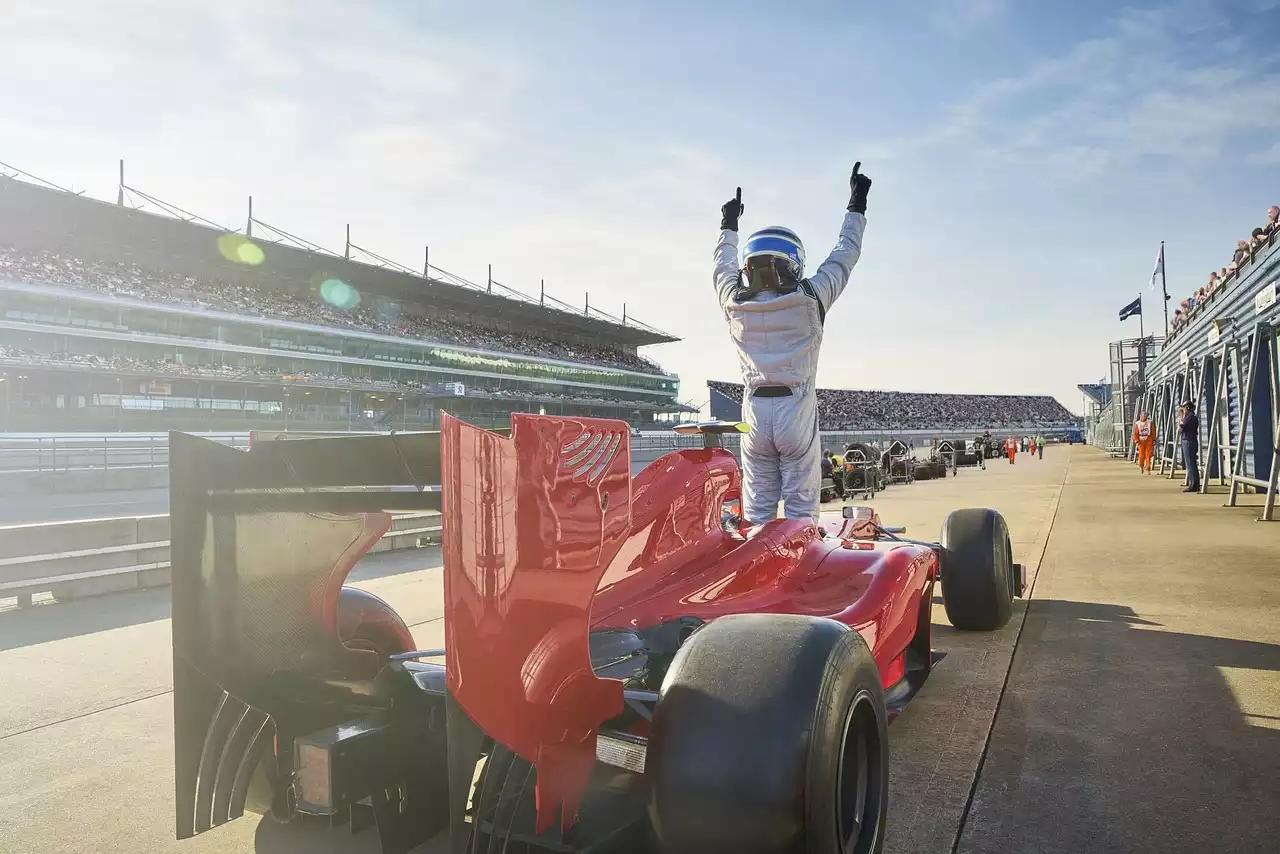
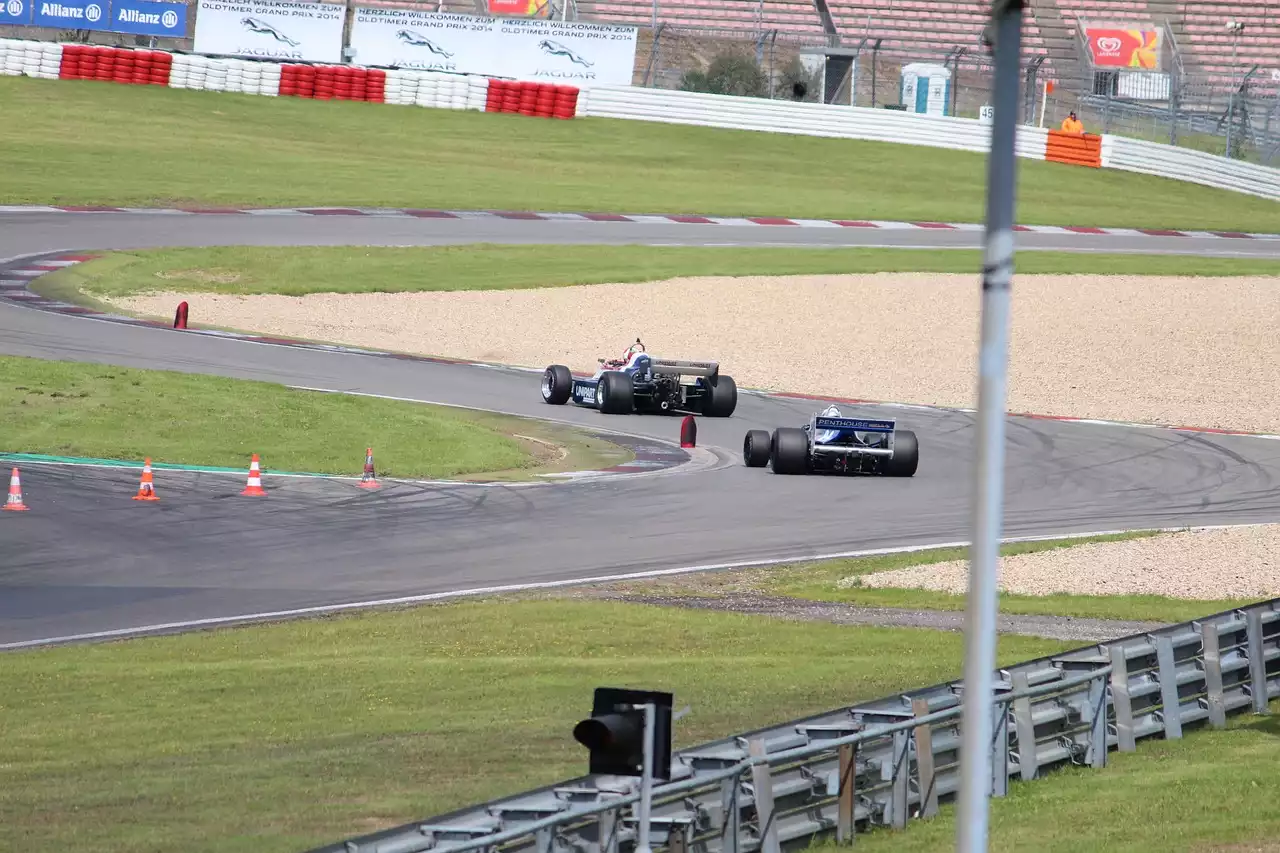
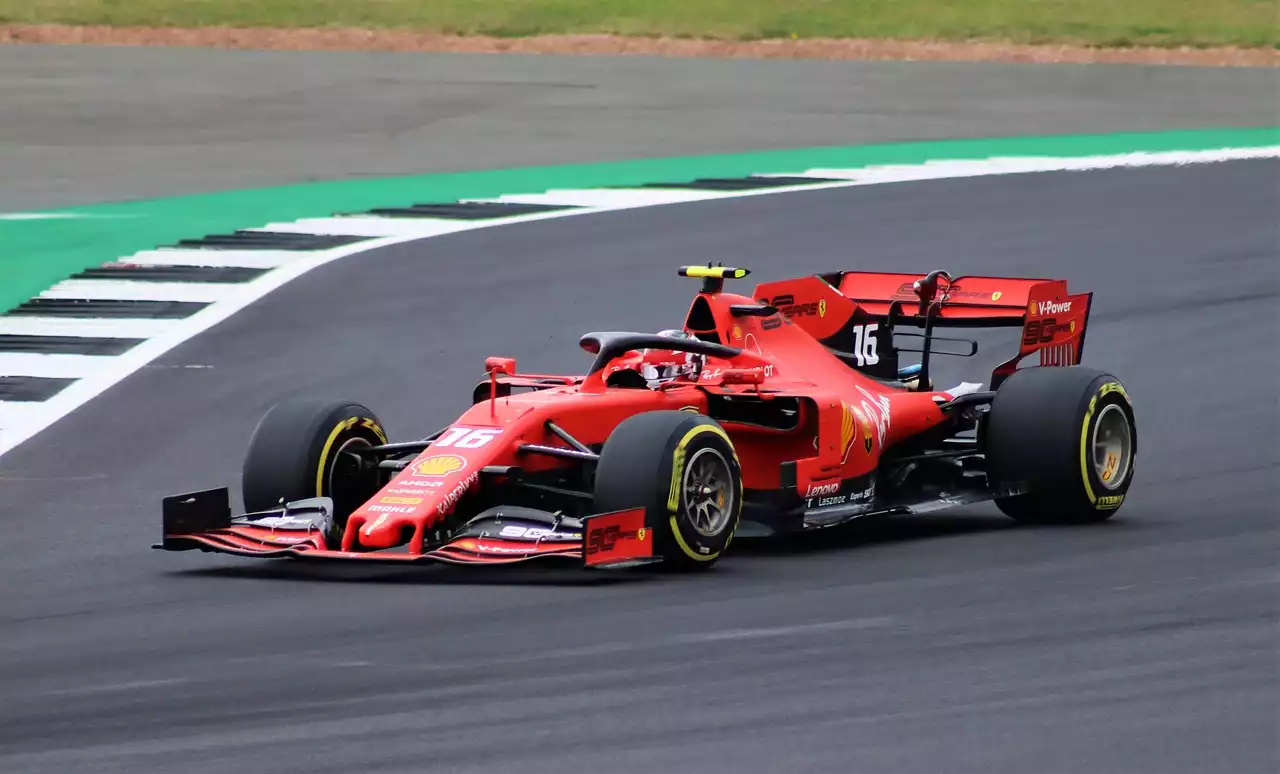
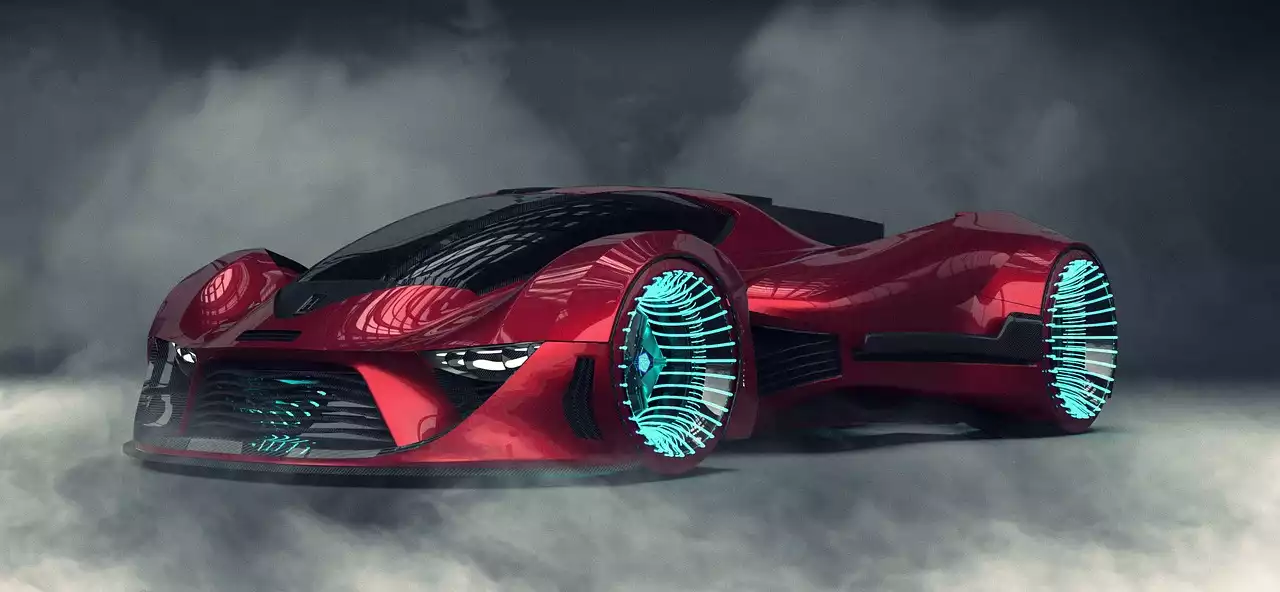

.png?size=50)



